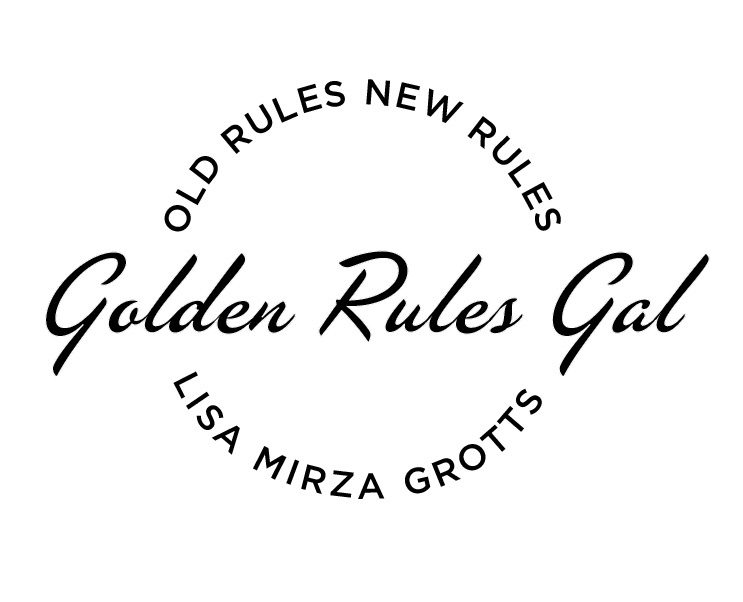Here are answers to several common travel questions:
1. Is it okay to shake hands in all countries? Don’t people in some countries hug and kiss upon greeting? In most cultures, people shake hands. But it all depends on where you are in the world. In Turkey, men don’t shake hands when greeting each other; they kiss cheek to cheek, which is also common in Spain and France. A limp grip when shaking hands is frowned on in the United States, in the Mideast a grip that is too firm is considered rude. So do your homework before traveling abroad.
2. Is it ever okay to stare? Staring is rude no matter where you are. If you’re staring because you are admiring someone’s clothing (even if you don’t know them), you can simply say “What a beautiful dress.” But if you are staring at someone because they’ve had a bad face-lift, that’s not so nice.
3. Is it true that spitting in public is acceptable in China? Yes. In most cultures this would be thought of as extremely rude but it’s very common in China, where it has long been considered a healthful way of clearing one’s throat. In San Francisco’s Chinatown, my neighbor’s friends were visiting from the Midwest when an elderly Chinese man spit on the sidewalk right next to them. They were horrified, even when I told them about the custom. However, times are changing. The Chinese government now considers spitting a public health hazard and is cracking down on spitters in Beijing and Shanghai by fining them for what amounts to about $10. A good start.
4. What is considered rude in the United States? The top offenses are yawning while speaking, burping or belching, passing gas and coughing or sneezing without covering your mouth. It is also rude to correct the bad manners of others — such as poor grammar, dining infractions and so on — in a social setting.
5. Should you always make eye contact when greeting another person? Looking the other person in the eye is considered polite in the States, but not in Japan. While the Japanese aim to please, theirs is a very reserved culture so it’s best to limit eye contact. It’s okay upon an initial greeting, but don’t maintain constant eye contact after that. Think “indirect” verses “direct.”
[author] [author_image timthumb=’on’]http://37.60.249.202/~expertet/wp-content/uploads/about-lisa.jpg[/author_image] [author_info]Lisa Mirza Grotts is a recognized etiquette expert, an on-air contributor, and the author of A Traveler’s Passport to Etiquette. She is a former director of protocol for the city and county of San Francisco and the founder and CEO of The AML Group (Lisagrotts.com), certified etiquette and protocol consultants. Her clients range from Stanford Hospital to Cornell University and Levi Strauss. She has been quoted by Condé Nast Traveler, InStyle magazine, the Los Angeles Times, and the New York Times. To learn more about Lisa, follow her on Twitter.com/LisaGrotts and Facebook.com/LisaGrotts
Follow Lisa Mirza Grotts on Twitter.[/author_info] [/author]
